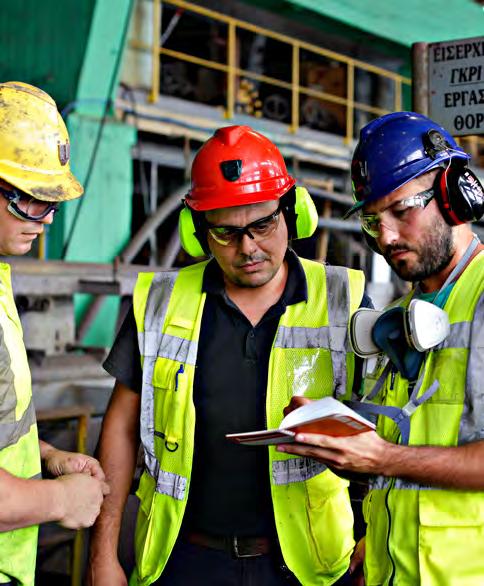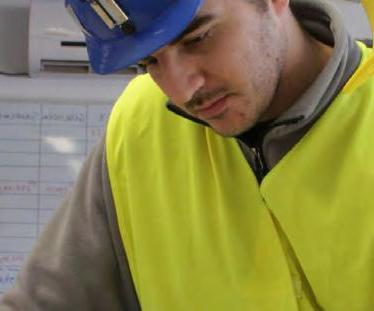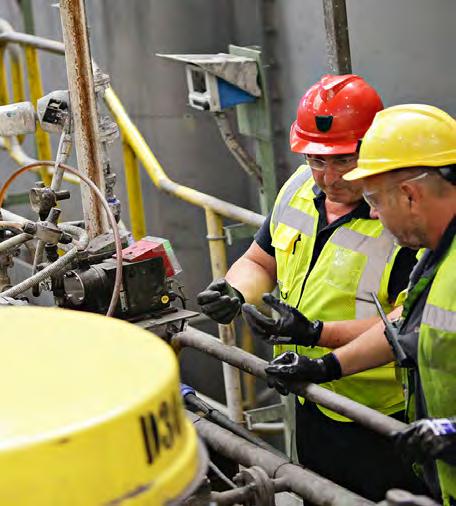1 | In Focus: Managing Sustainability To holistically examine Sustainability topics related to our significant economic, environmental and social impacts or could substantially influence our Stakeholders’ views and decisions, we conducted a Materiality Analysis, which we used to determine the present Report’s content (following GRI’s 4 Report Content Principles) and the topics’ scope (boundaries), without any changes compared to the previous period (e.g. regarding Material Topics). The Materiality Analysis is structured around the Sustainability Framework’s Areas and sub-Areas, following the below stages:
Materiality Analysis Stage 1: Identifying potential Topics Consideration of over 100 topics by reviewing current industry practices, future trends and relevant industry related analyses by international organizations
Stage 2: Analysing associated Risks Analysis according to the significance of economic, social, and environmental impacts that our activities and operations either have or could have, in terms of likelihood and consequences
Stage 3: Identifying Stakeholder Expectations Consideration of expectations through relevant surveys conducted and indirect input from the departments which interact with each Stakeholder Group, as well as the GRI studies ‘Sustainability Topics for Sectors’ and ‘Defining What Matters’
Stage 4: Combination Combination of Risk analysis and Stakeholders’ expectations to define the Material Topics that we should focus on. The Risk axis takes into consideration the results of the in-house ‘Sustainability Day’ in 2019, where directors and managers from all levels discussed about our sustainability performance and prioritized related topics. The Stakeholder axis takes into consideration views identified during the latest engagement events, which were prior to 2020 due to the pandemic.
30
Hellas Gold














